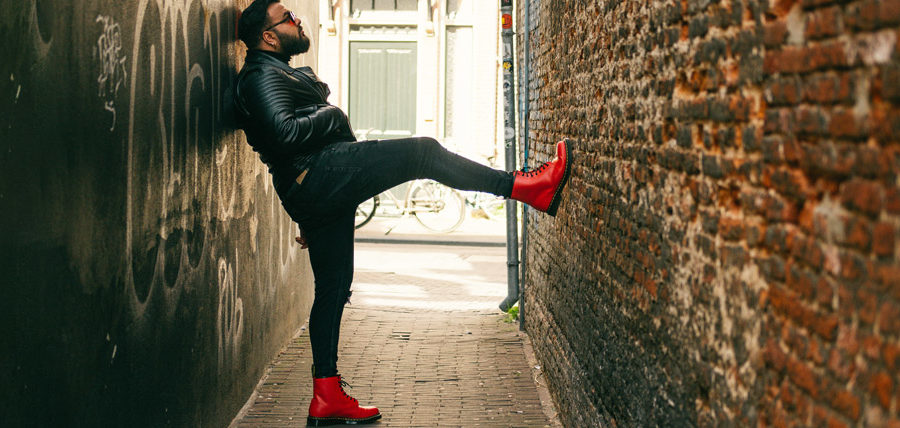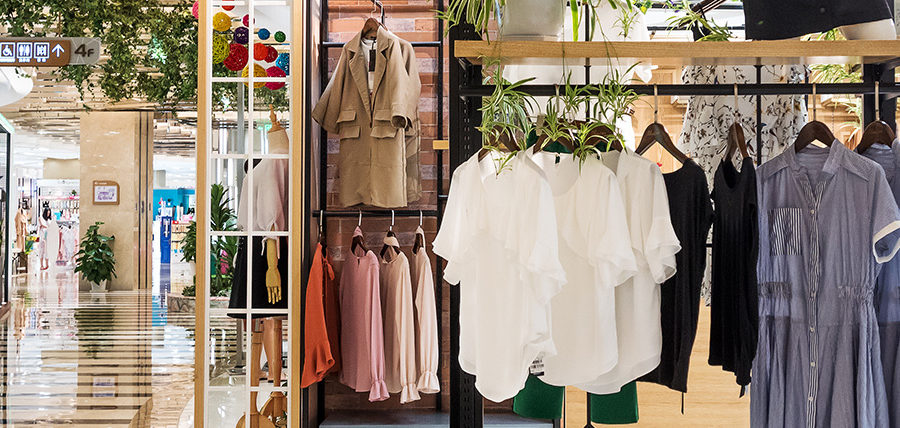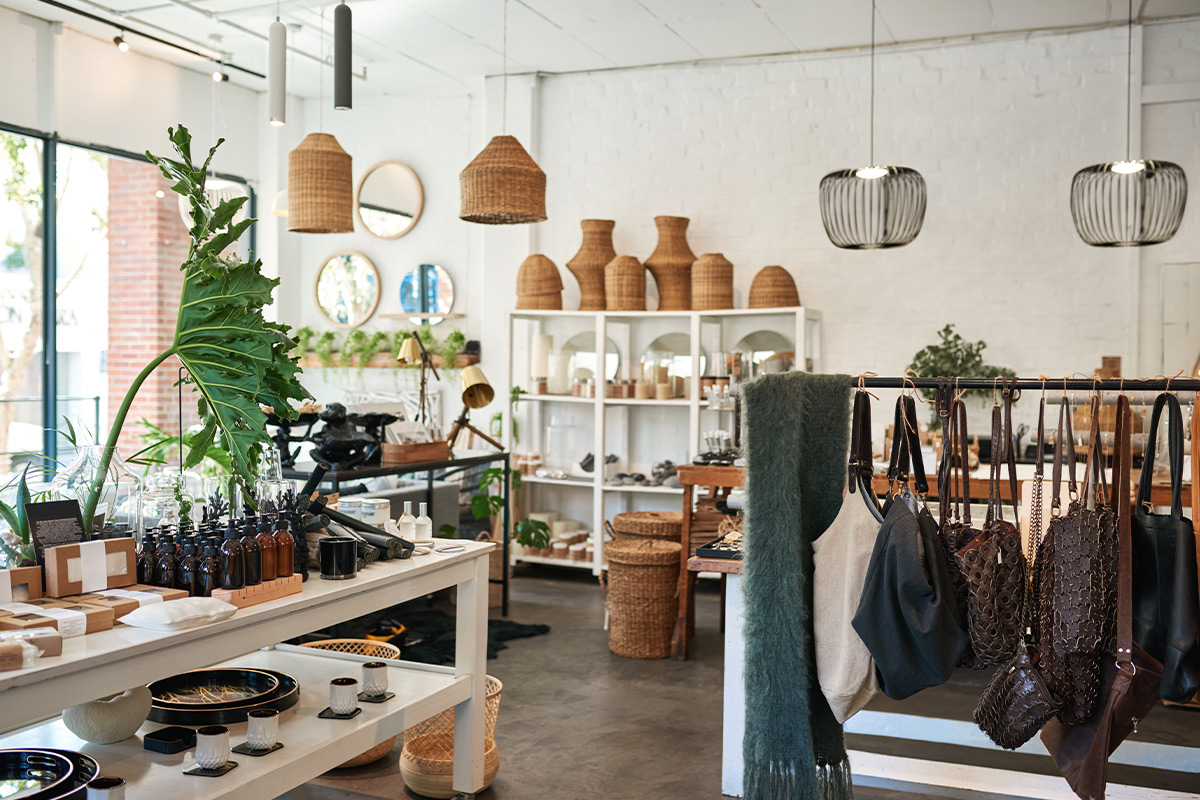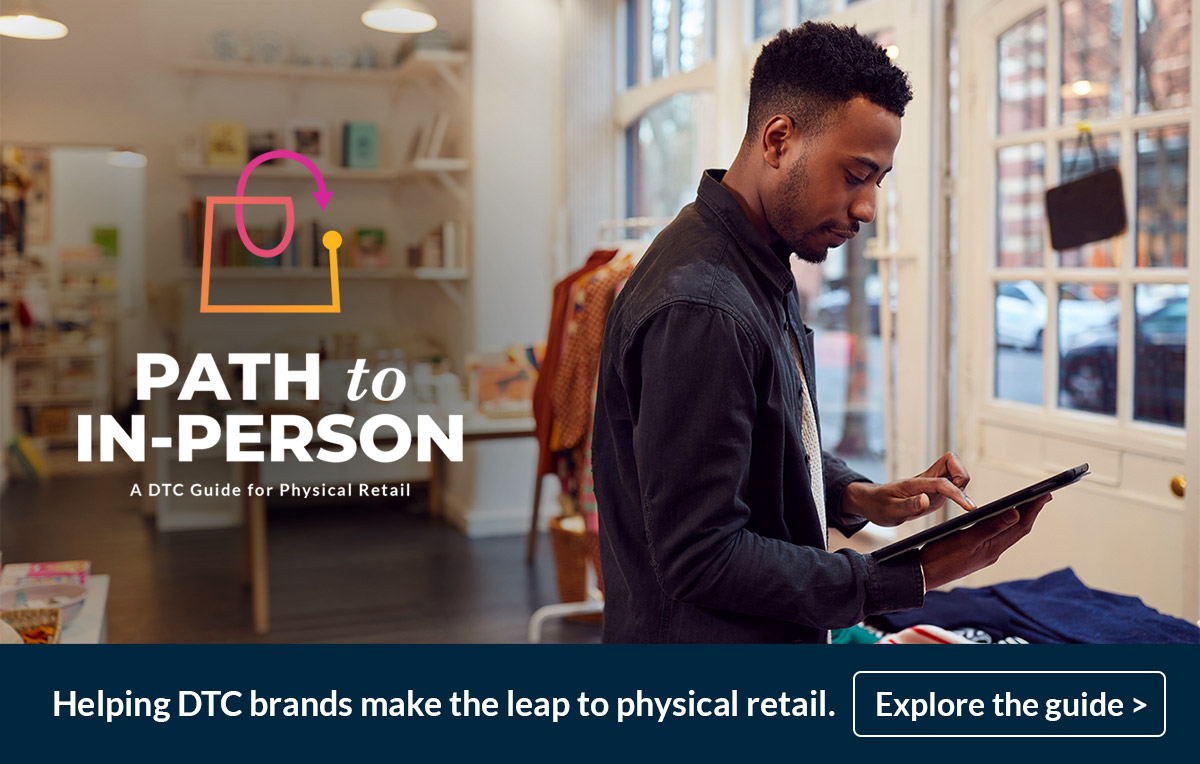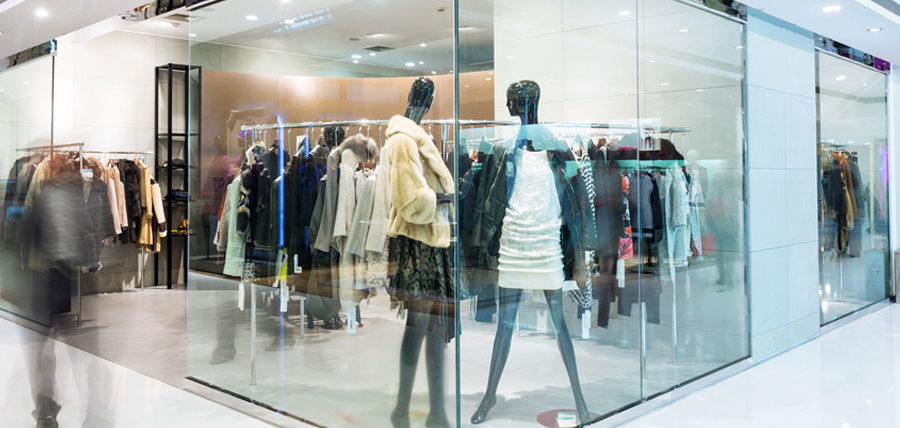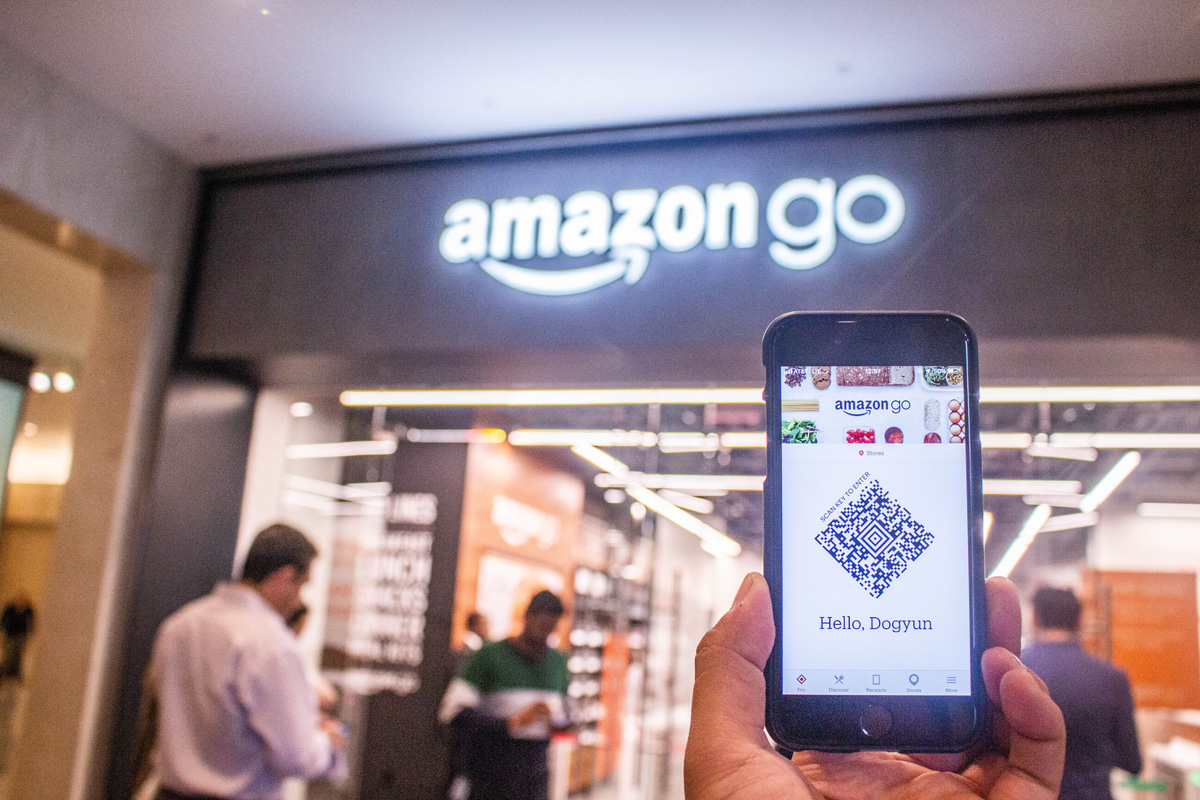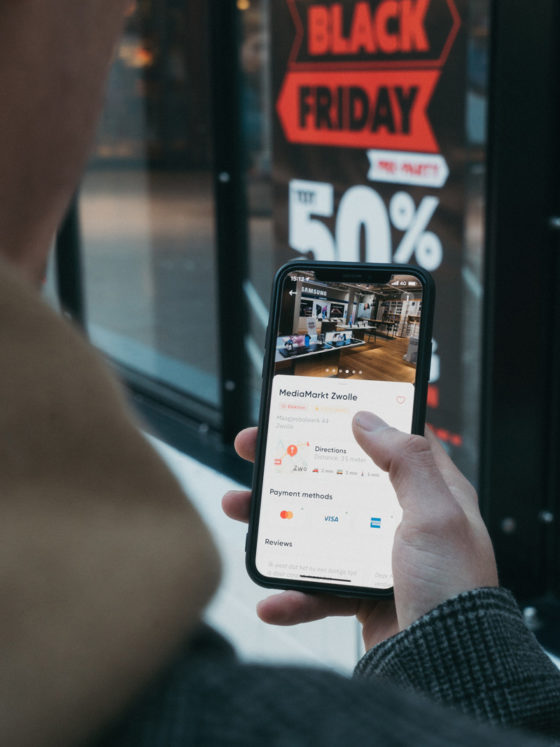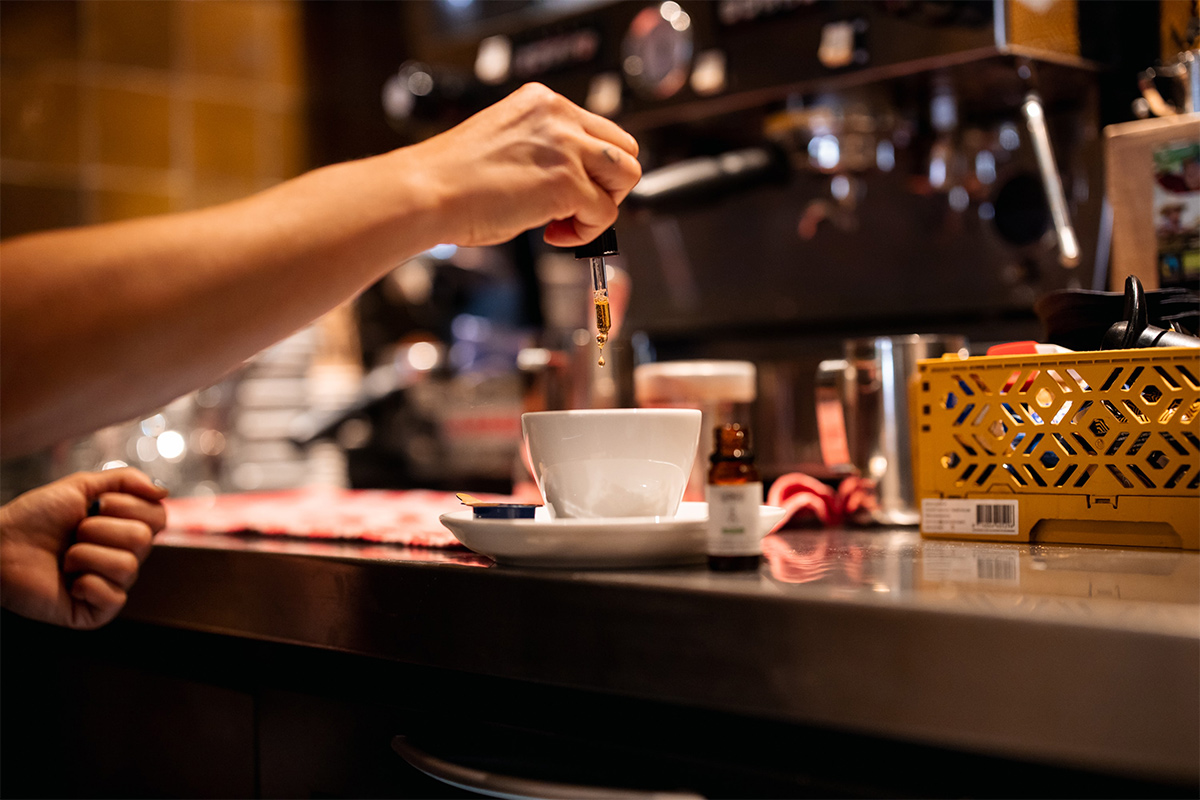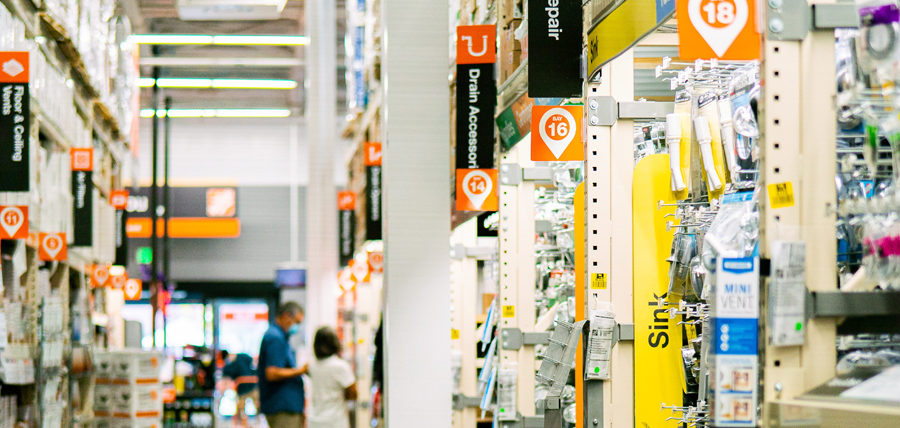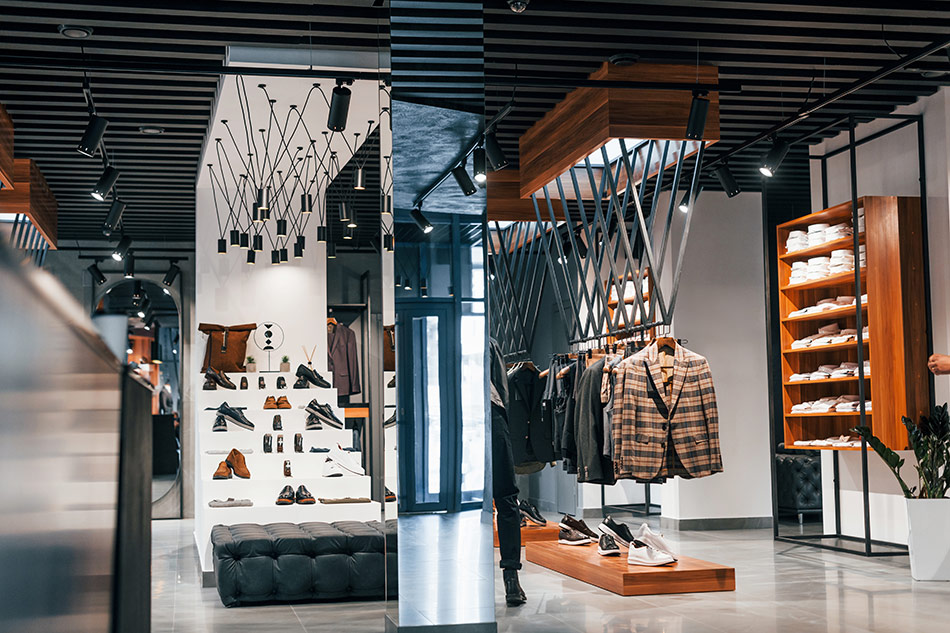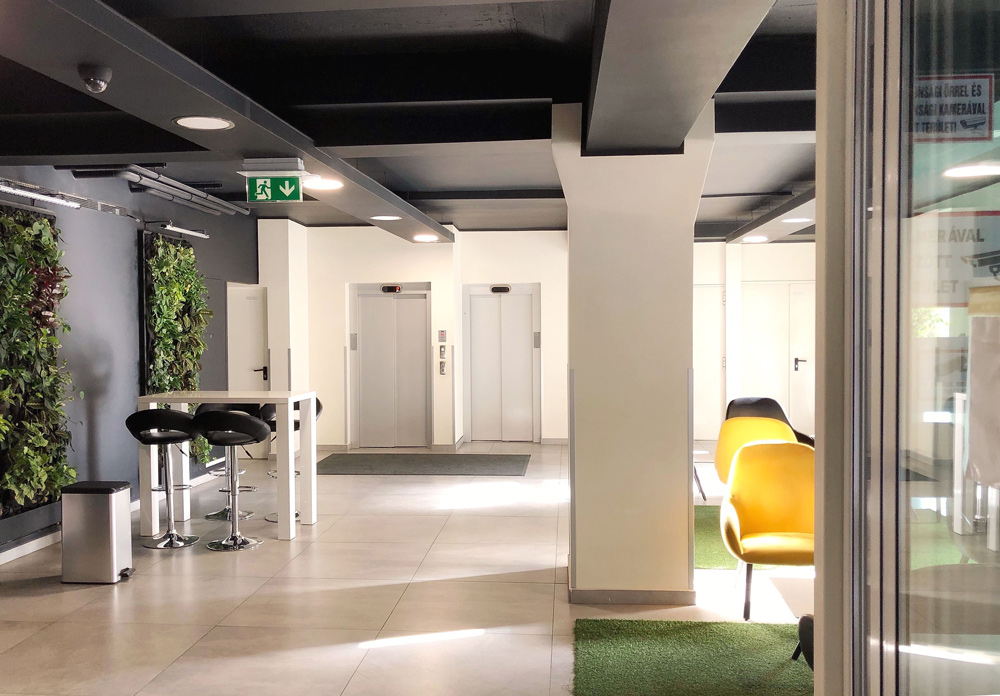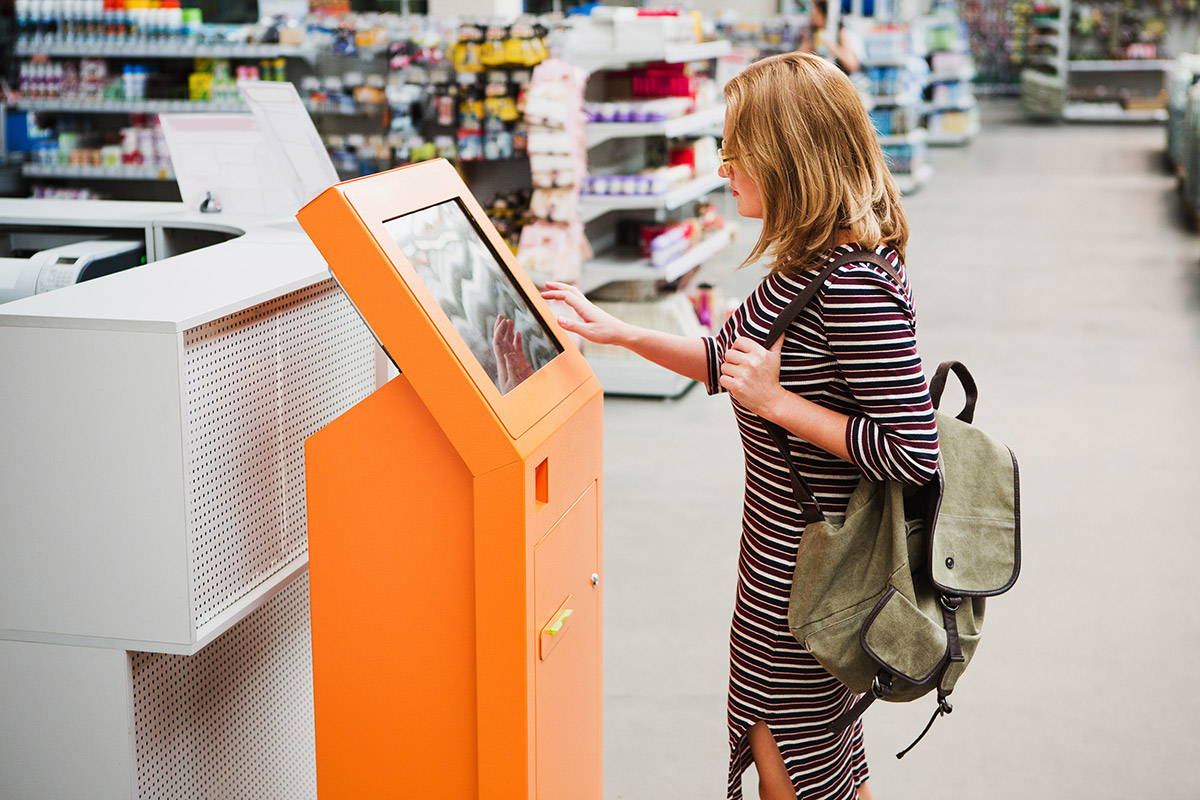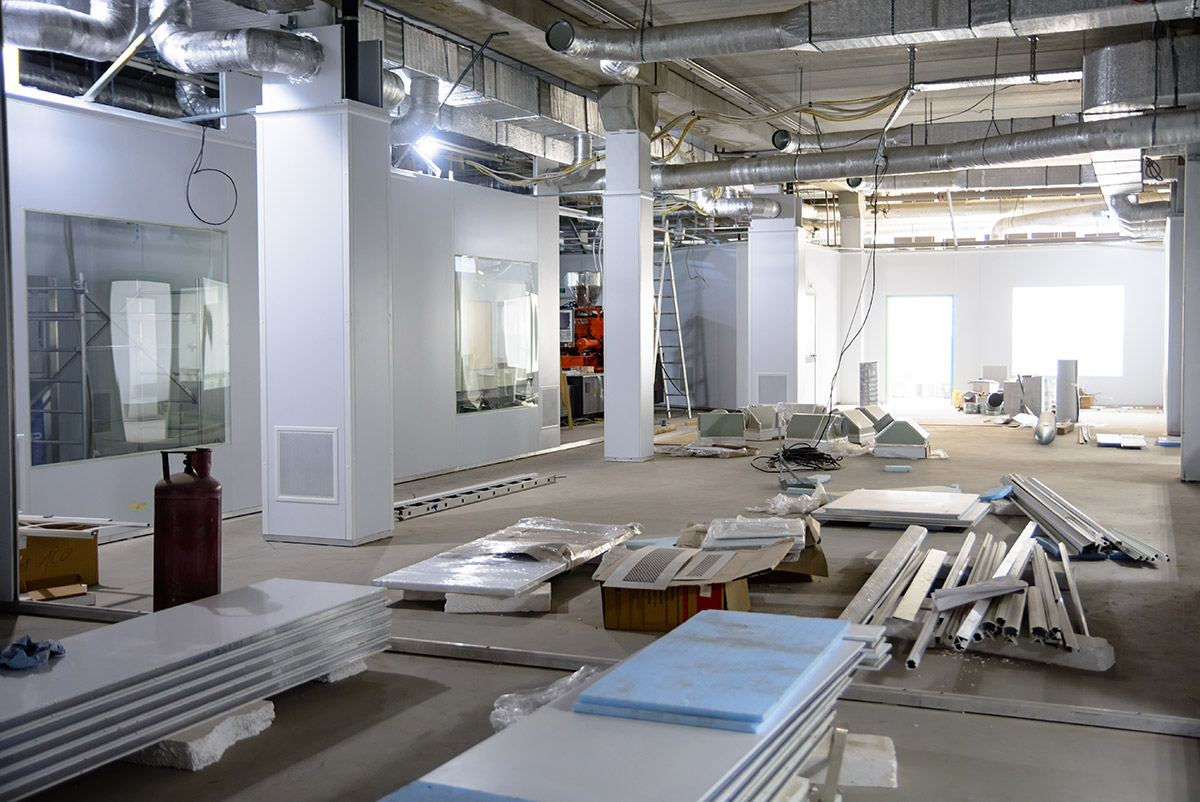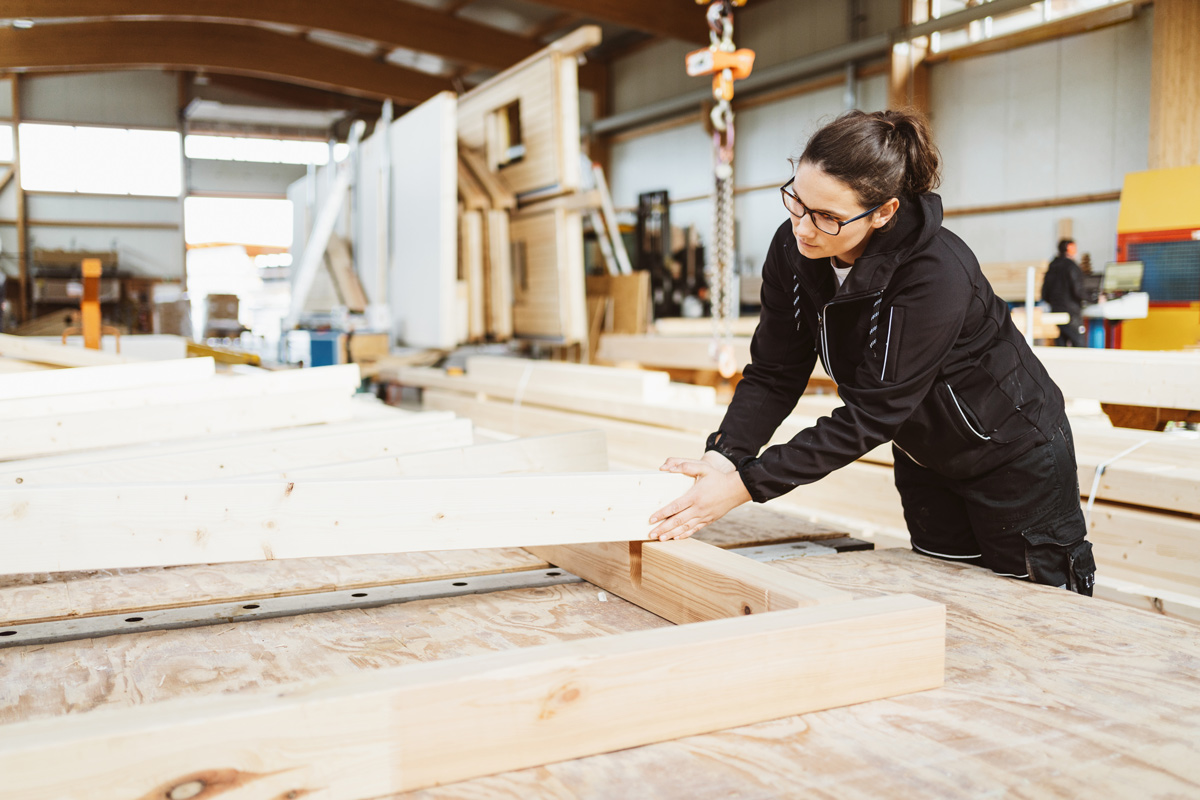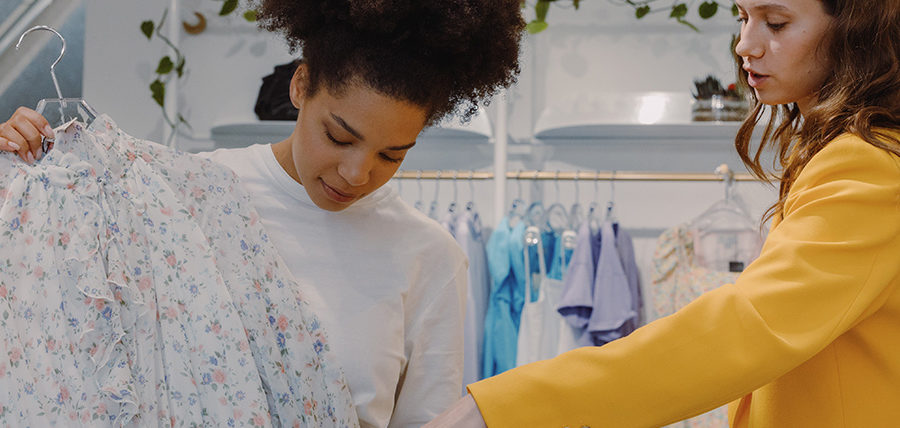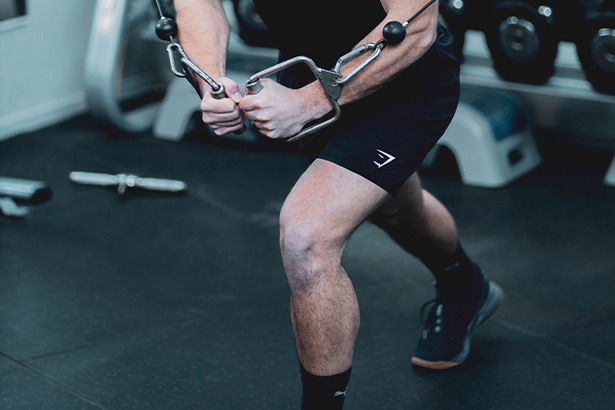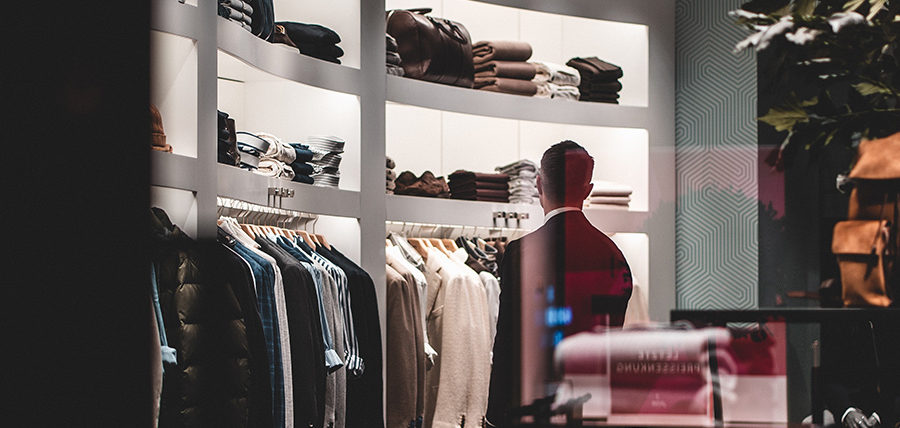We love working with brands, and we’re constantly inspired by the brand landscape around us. We gathered some team members to share their insight into the brands that are moving them today and why.
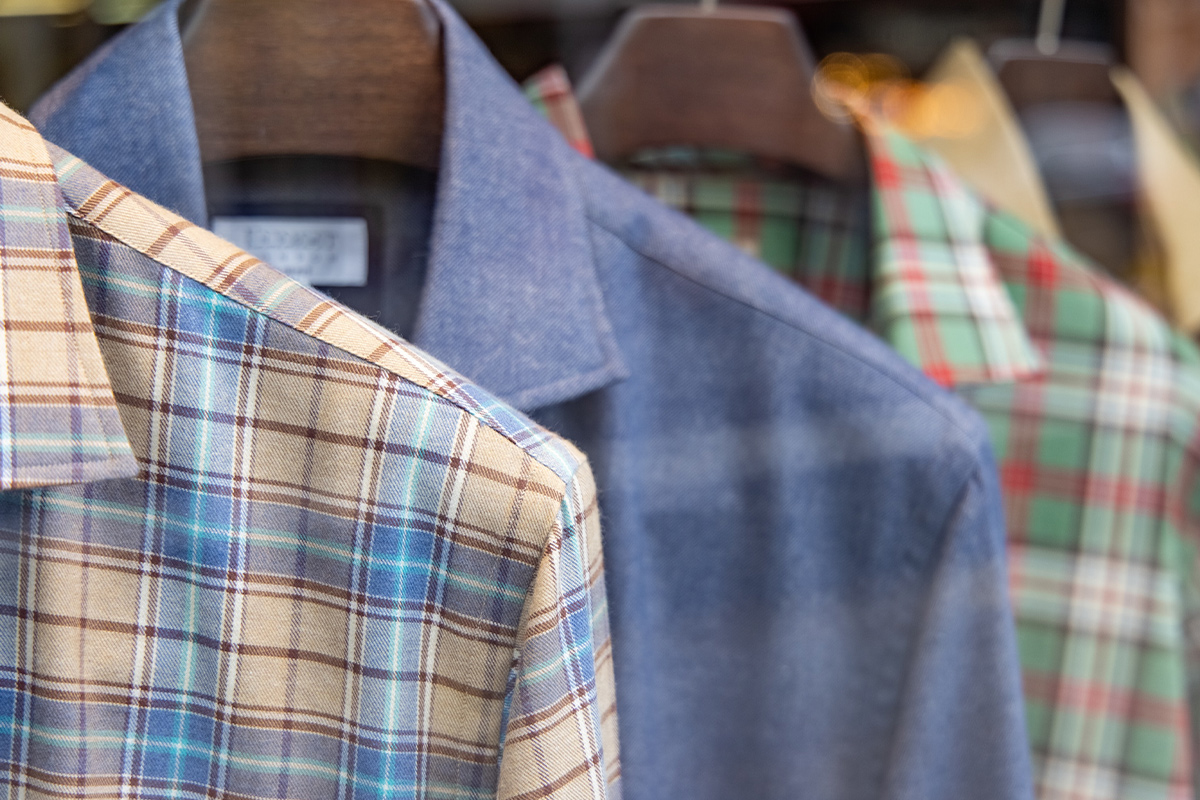
Andrew Miller – Woolrich
Established in 1830: Born in Woolrich Pennsylvania- the brand equipped those with a passion for outdoors. “The Original Outdoor Clothing Company” is what they call themselves.
Woolrich has produced high-quality garments for over 190 years. Crafting fine and warm wool is their calling, and their mills have lent a helping hand during major historical moments. Woolrich made a big contribution by supplying socks, blankets, and coats to the US soldiers providing them warmth, comfort and quality during American civil war and WW1.
Being a native from PA and Woolrich within 20 minutes to my hometown – Woolrich was a brand growing up that I was educated on by my family. My great grandparents/ and grandparents always sporting their product. I’m grateful that I was gifted by my grandparents, jackets, socks, shirts growing up for holidays and birthdays which grew my interest and introducing me even closer to the brand. To this day and understanding the Woolrich brand given the history, quality, plus their mission makes a difference even more valuable when you understand what you are wearing. – to this day these are high quality pieces that I enjoy wearing time to time when the elements are right.
VALUES
American Heritage: Keeping true to their products and quality- mirroring the American dream: wear Woolrich to pursue your goals, regardless of the elements.
Iconic brand elements: The Buffalo Check, whose name was inspired by a herd of buffalo owned by the Woolrich designer who developed its distinctive red and black pattern, has been a symbol for Americana and workwear since its inception, and remains one of Woolrich’s most powerful visual codes from season to season.
Purposeful design: Their Product character is pure, considered, consistent. Woolrich collections embody a design sensibility of stylish durability. They unlock the privilege of a life lived outdoors- in nature and urban environments, and anything in-between.
Brand Mission/ Values:
Woolrich is committed to putting social responsibility at the forefront of everything they do. As a brand and company, they are committed to making a positive impact on the world around us, including by taking a respectful approach to their stakeholder relationships, encouraging environmental awareness, and promoting ethical business practices.
- Sustainability
- Diversity and inclusion
- Charities
- Responsible sourcing
- Woolrich outdoor foundation
- Code of ethics
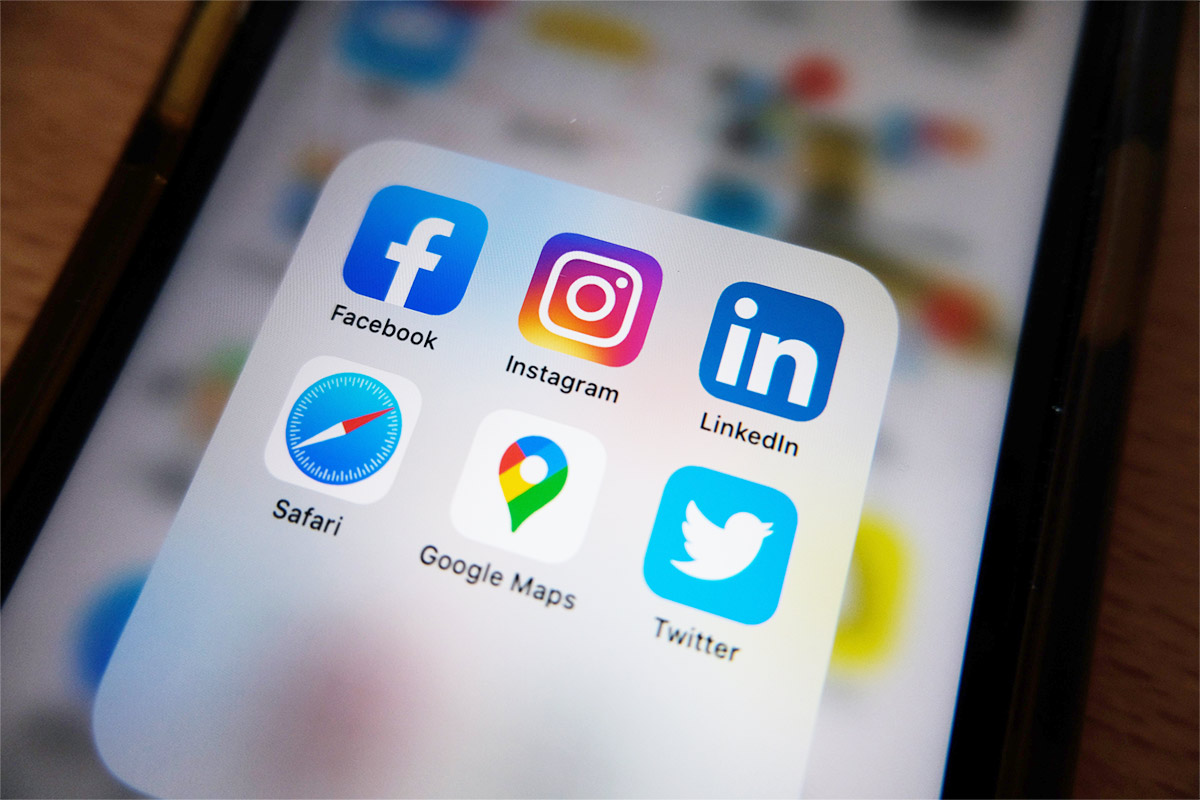
Morecia – Linkedin
When I think of a brand that inspires me, I instantly think of something I use daily. In our society, social media presents us not only as a form of entertainment, but a great way to connect with people and keep up with hot topics and trends. Millions of people can connect with their relatives, lifelong friends, and even business professionals through social media. So, if you’re looking to network, LinkedIn is a great platform! Their mission is simple; to connect the world’s professionals to make them more productive and successful. I have personally connected with hundreds of people from different professions, from business to even healthcare. LinkedIn also is great for creating a space where professionals can reach out to you with job offers in fields that you may be qualified for. Having this social media presents on LinkedIn gave me the opportunity to meet with several hiring managers and that’s how I landed a job with Asset Strategies Group. I would highly recommend using LinkedIn, it’s a leading social media brand, it’s easily accessible, and you can make great connections with many different people.

Max – Gibson
I’m really digging Gibson Guitars right now. They already pull on my heartstrings as a musician… but they’ve taken their brand to another level. Gibson recently opened up a best-in-class retail experience, the Gibson Garage, loaded with exclusive products, events and even a chance to build your dream guitar. So they’re totally winning the retail thing. Not to mention they’ve really invested in their content production team, and they’re telling these amazing stories that guitar junkies (like myself) salivate over. Like all great brands, there’s a story to know and tell, and I feel that same sentiment with my guitars. I remember sinking every penny I had into my first Gibson, and it’s paid it’s worth back in priceless fashion ever since.
Zach – Homer
Homer is a luxury jewelry and accessory brand founded by Frank Ocean in 2018, starting commercially in 2021. The brand is constantly on the front end of avant-garde design, from catalogs to social media marketing, utilizing unconventional techniques and art to market the line. Homer also has a unique way of launching their collections: each collection is unannounced and launched randomly alongside pop-up stores appearing in big cities for an in-person experience. Homer’s products are very expensive, but having unannounced launches with limited product lends the brand a more curated touch rather than being strictly exclusive. The beautiful design behind the brand, combined with the sporadic launches that tend to be few and far between, give a one-of-a-kind, curated feel to the products provided.

Olivia – Dr. Martens
I’m not really brand loyal to anything and just don’t buy corporate speak, so there are few brands I really “connect” to. But my one ride-or-die brand is Dr. Martens. It’s been that way since I got my first pair when I was 14, which is wild that it was 10 years ago! I fell in love with the brand and the product when I put that first pair on. I love everything about them, honestly—the attitude they bring, authenticity, durability, and how they are still that classic work boot that they started off as. They’re still that same work boot that was designed in the 60s, but they have history and ties with the music industry and counterculture, and they’re inherently cool. The brand always does its own thing and has always been authentic to themselves. They know who they are and take pride in the product and history that they have. And I really connect with that because I have always done my own thing, authentic to myself. Dr. Martens were the first thing that I found that felt like it “fit” my style, that and my winged eyeliner, of course, so the brand is pretty special to me. Dr. Martens is an icon for a reason, and I’m sure it means something different to everyone, but those are just a handful of reasons why I admire it!
Also! It is so true how awful they are to break in! But they are so worth it because they are the most comfortable and dependable pair of shoes you’ll own. 😊 Another fun fact, I still have my first pair, and they are beat to hell, but are still perfect work boots, lol.
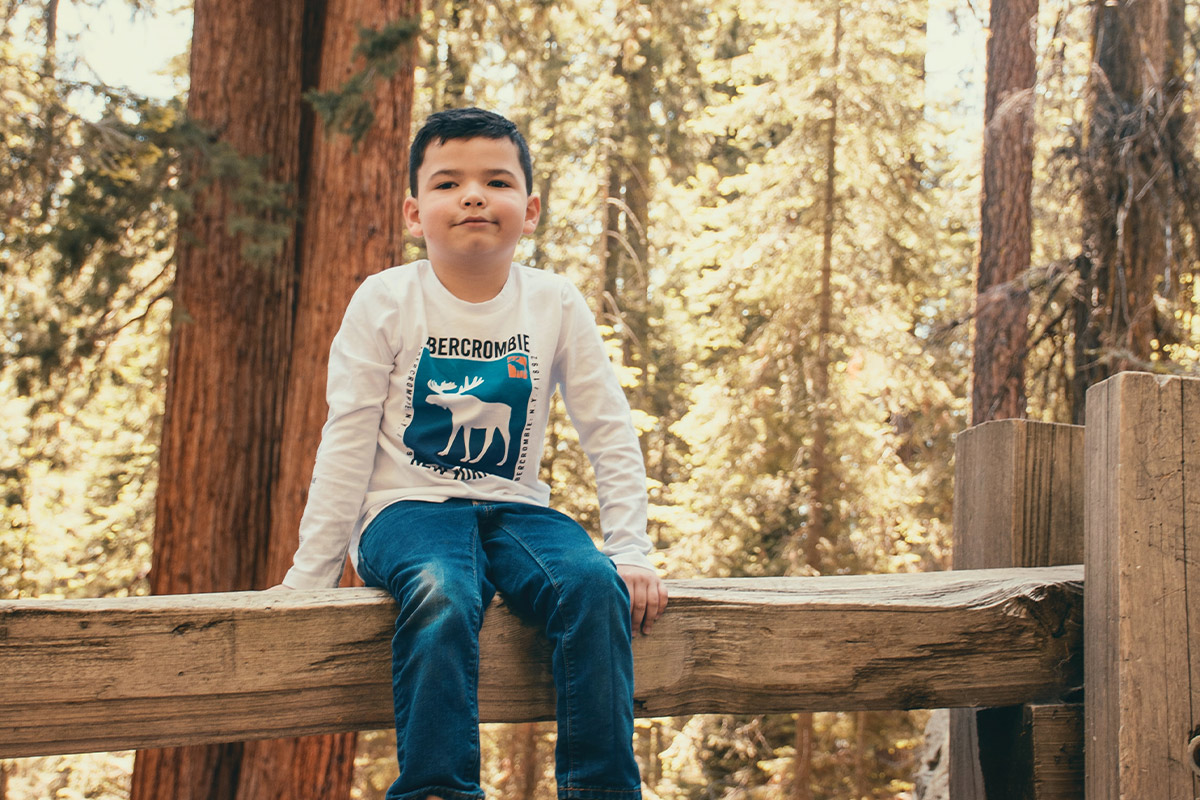
Steve Morris – Abercrombie & Fitch
Abercrombie & Fitch – a brand that was built on a cult of exclusivity to a total transformation to a brand that embraces inclusivity. Over the past decade, we’ve seen the brand change dramatically, from its image to its product and, ultimately, the store experience. That’s a lot of change, and for them to find success across each channel deserves some credit!

Louis So – Lego
Lego is my brand of choice. I got my 1st set of Legos from my parents when I was in kindergarten back in the 70s. Flash forward to modern times, where I can give my daughter her 1st Lego set years later. And, of course, it was nice, given that this was the 1st Lego set I bought for one of my own.
Lego continues to give us opportunities to build and foster our own imagination. Every block we touch is special, and we continue to build & tear them down repeatedly. Each Lego block allows our memories of imagination in the past, present, and future to visit us again. Lego brings us together, and it doesn’t matter where we tend to use them. Whether we build on the family dining table, on a car trip, on the living room carpet, a hospital bed with our kids, parents, grandparents, or friends, there will always be a place for Legos. Legos give us a way to heal, to love, to share, to collaborate, and most importantly, imagine.
The brand doesn’t stop at home either, as Lego continues to evolve into tons of activations. Legoland theme Park, Lego House, Lego Discover Center, Lego Retail Store, Lego Clothing, Lego life, Lego Education etc.. you get the point.
Got a brand you’d love to share with us?
Send us a message and share some insight into your inspirations.


